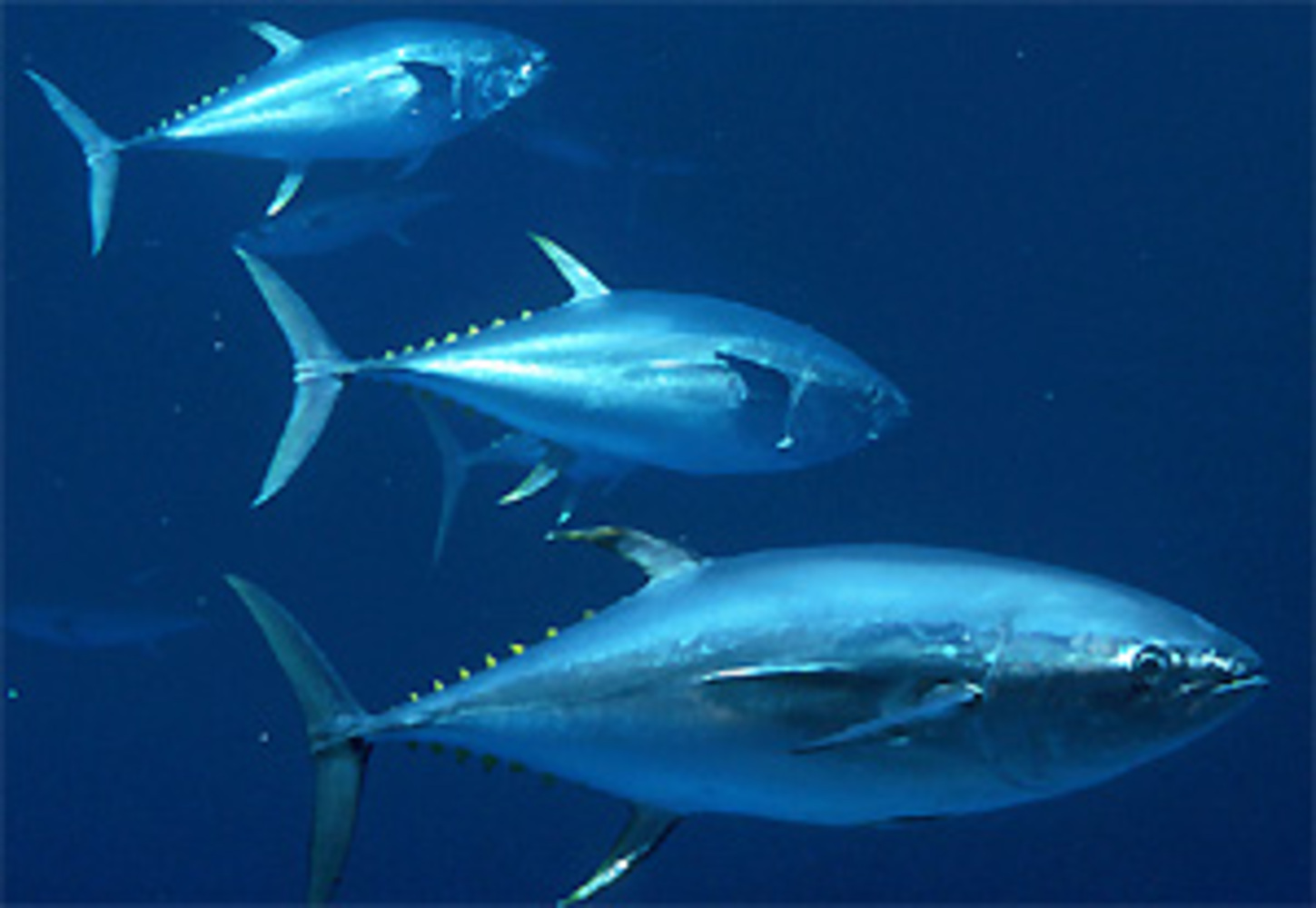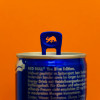New research pinpoints the favourite breeding spots of west Atlantic bluefin tuna in the Gulf of Mexico spelling both good and bad news for these imperilled fish: conservation efforts now know where to target efforts but the bluefins' spawning grounds overlap with the recent Deepwater Horizon oil spill potentially putting them in even more trouble.
 Using a combination of data on where tuna are caught by fisheries and studies that have tagged and tracked individual tunas, Steven Teo from the University of California Davis and Barbara Block from Stanford University, both in the US, built a computer model that accurately predicted where bluefins are likely to spawn based on oceanographic data gathered by satellites and weather buoys.
Using a combination of data on where tuna are caught by fisheries and studies that have tagged and tracked individual tunas, Steven Teo from the University of California Davis and Barbara Block from Stanford University, both in the US, built a computer model that accurately predicted where bluefins are likely to spawn based on oceanographic data gathered by satellites and weather buoys.
Their study, published in the journal PloS ONE showed that bluefins have a strong preference for spawning in two particular hotspots in the Gulf, where there are circular, swirling water masses called cyclonic eddies. These are cooler and more nutrient rich than warmer currents around the Gulf.
In contrast, the more common yellowfin tuna spawn throughout the Gulf and are more tolerant than bluefins to a range of environmental conditions including temperature.These differences between the two species probably come down to the bluefins' much larger size - they can grow up to 4 metres compared to yellowfins, which never exceed 2 metres. Increased activity during spawning times means bluefins can easily get heat stressed so water temperature is critical. Bluefin larvae may also be more reliant on high levels of nutrients in the water than yellowfin larvae.
All this is vital information for protecting bluefins, which have undergone serious declines since the 1970s of over 80% due to overfishing for sushi. Despite a ban on directed fishing of bluefins in the Gulf their numbers have yet to recover possibly because they are still caught accidentally by boats targeting yellowfins.
This study should make it much easier for fisheries and enforcement officers to use oceanographic data to work out where and when bluefins are likely to spawn. If a yellowfin fleet finds itself in an area where bluefins could be spawning they can pull their longlines in and move elsewhere.
Unfortunately, these bluefin spawning hotspots coincide with parts of the Gulf of Mexico at risk from the recent oil spill. We won't know for sometime how badly this will impact future generations of bluefins, which already have enough problems to deal with.










Comments
Add a comment